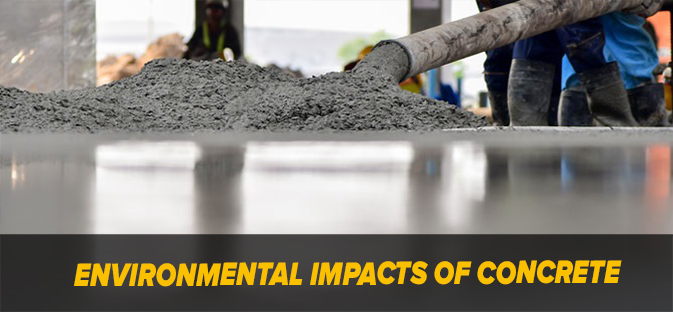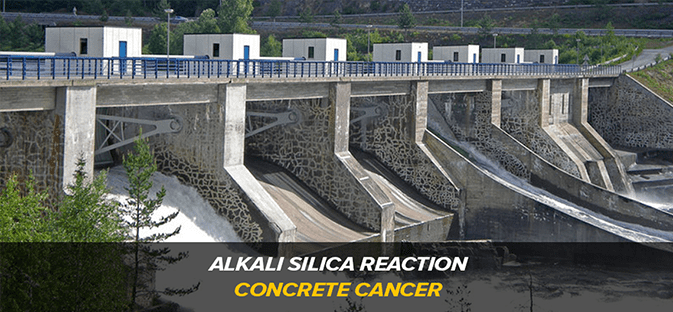Concrete Mixing Methods and Concrete Mixers
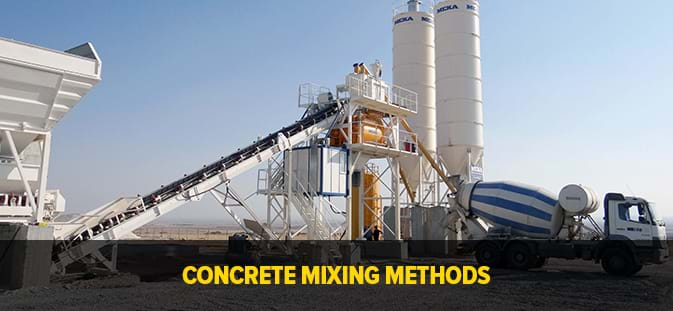
In its simplest form, is a mixture of paste and aggregates, or rocks. The paste, composed of Portland cement and water, coats the surface of the fine (small) and coarse (larger) aggregates. Through a chemical reaction called hydration, the paste hardens and gains strength to form the rock-like mass known as co.
De to its versatility and durability is the world’s most widely used construction material. With increased focus on infrastructure and housing activities, use of in various forms is increasing day by day.
It's plastic and malleable when newly mixed, strong and durable when hardened. These qualities explain why one material, , can build skyscrapers, bridges, sidewalks and superhighways, houses and dams.
Can succumb to an amazing number of illnesses. Viewed this way, making good is more of a miracle than a routine procedure. But most of the variables can be controlled so is used in almost every structure built. It’s the second most commonly used material on the planet, next to the water. Good the result of good planning involving everyone in the chain.
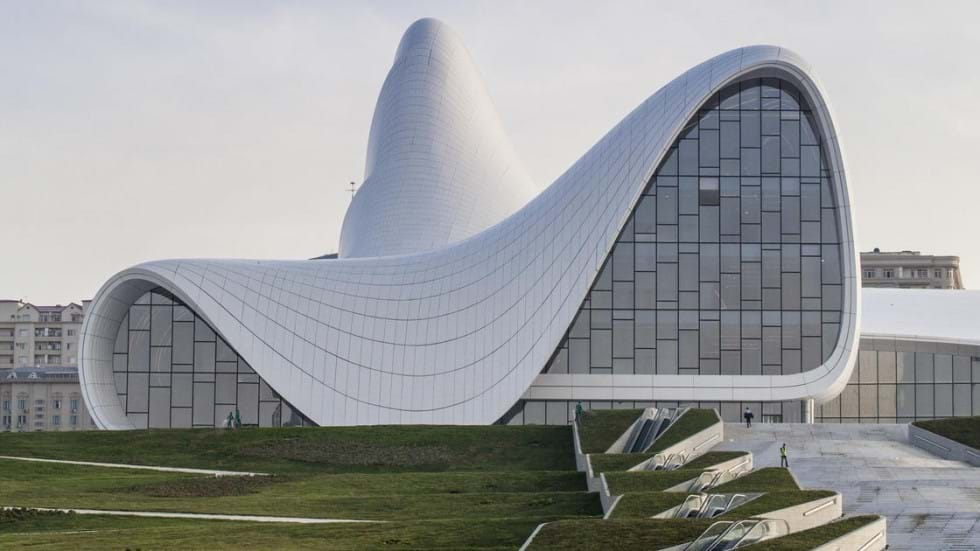
There should be a methodology to determine the quality of the cproduced, but only a few methods and only one attempt of standardization was found in the literature. The methodology to determine the quality of the mixed is often referred to as the measurement of the efficiency of the mixer. The efficiency parameters of a mixer are affected by the order in which the various constituents of the are introduced into the mixer, the type of mixer, and the mixing energy used.
Nowadays, for most of the construction projects, the mixer machine, and the ready mix plant is used due to faster, cheaper, efficient, high productivity, better quality, strength, and durability.
Methods for mixing : The production ofconsists of establishing a mixture proportion for and then mixing these constituent materials to obtain a mixture with well-distributed aggregate. Although there has been significant work in understanding the influence of constituent material types and proportions on RMC performance, much less work has been done to assess the influence of mixing on RMC properties. Several processes are commonly used to mix c.
The mixing is typically classified into three general types:
- Stationary
- Ready-mixed
- Mobile batching mixed
Stationary mixing: Stationary mixing is when the mixing process is done at the work site. Stationary mixers are commercially available in different sizes up to 9.0 m3 (12 yd3).
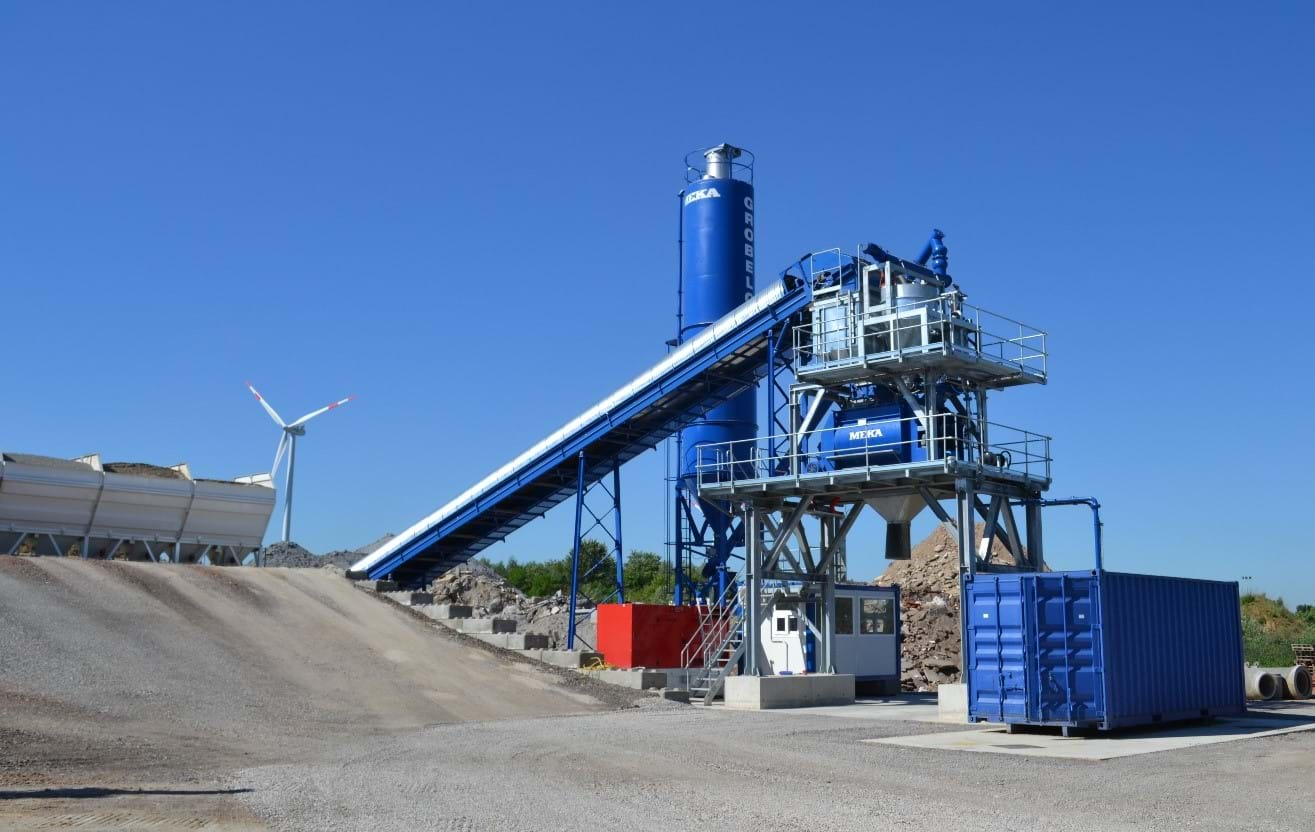
Ready-mixed : Ready-mixed is typically batched and mixed off the work site and then delivered to the work site in a mixing truck.
RMC (Ready-mixed ) can be manufactured by the following methods:
1) Central-mixed is a mixed thoroughly in a stationary mixer that is then discharged into transporting equipment. This transporting equipment can be a truck agitator, a truck mixer operating at agitation speed, or a no agitating truck.
2) Shrink-mixed is a partially mixed in a stationary mixer with mixing completed in a truck mixer during its travel to the work site
3) Truck-mixed is a mixed completely in a truck mixer. The mixing constituents are batched at a plant, charged into the transporting truck, and mixed as the truck travels to the work site
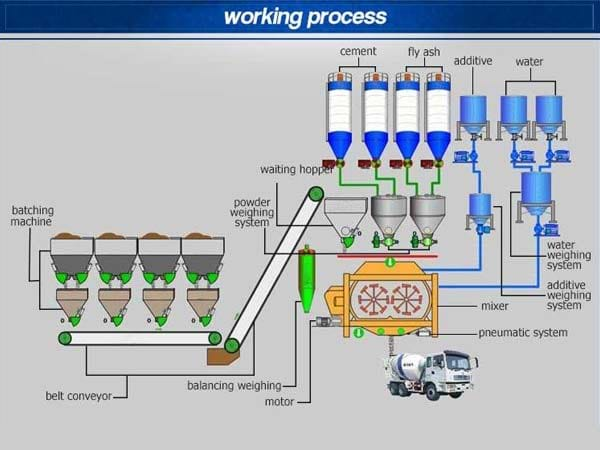
Mobile batching : The key features of a mobile batching plant is that they are able to provide uniform quantities of at the exact time it is required and to the right quantity. Due to onboard computer control systems, there is no wastage in achieving precision in production.
Benefits of a mobile batching plant
More economical - no time wasted waiting for a ready-mix mixer to deliver to the job site and because they batch exact quantities of wastage is minimal.
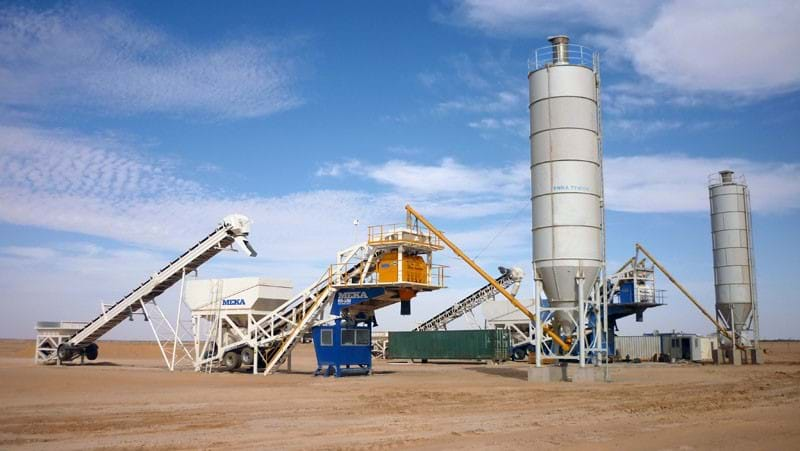
Mixing is a complicated process that is affected by the type of mixer, the mixing cycle. The efficiency of a mixer is determined by the homogeneity of the produced. It could also be considered as being determined by the energy used in producing a given quantity of of the required homogeneity. Direct measure of the homogeneity of the produced should be the most reliable method for characterizing a mixer.
Vural MERCAN
Civil Engineer
References:
Mixing Methods and Mixers: State of the Art By Chiara F. Ferraris Building and Fire Research Laboratory National Institute of Standards and Technology Gaithersburg, MD 20899 USA
Criteria for Production Control of Ready Mix for RMC Capability Certification under Ready Mix (RMC) Plant Certification Scheme (QCI)
Effects of Extended Discharge Time and Revolution Counts for Ready-mixed by David Trejo, Ph.D. and Jiaming Chen


